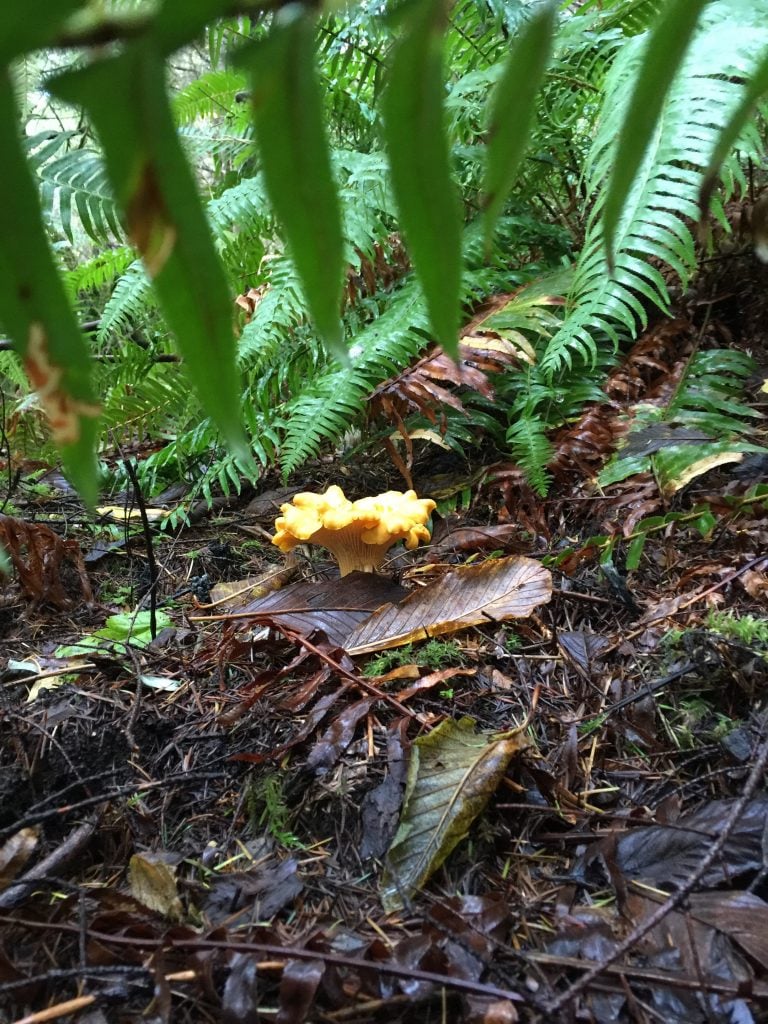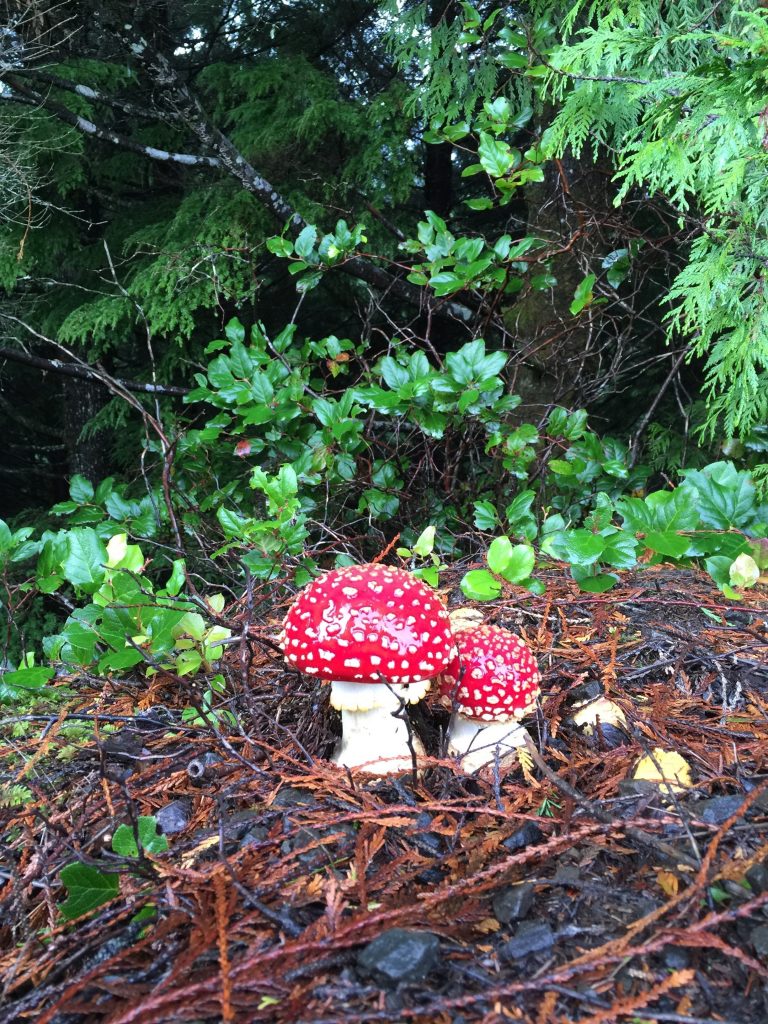A Beginner’s Guide to Mushroom Hunting
September 18, 2021
Anytime you’re enjoying the outdoors in the Pacific Northwest, you’re bound to come along a mushroom or two. If you’re hunting for fungi, you’ll find even more, especially since there are over 1,500 different varieties of mushrooms in our region. But not all of them are edible, and some are dangerous. We chatted with one of our resident experts about mushroom hunting and how to find the ones that are safe to eat.
Meet Matt Jacobs
Matt Jacobs is one of those guys who enjoys everything he’s doing. By day he’s an assistant warehouse manager at Coastal headquarters. On his days off, this avid outdoorsman enjoys fishing, hunting, catching crawdads, and taking home his favorite trophy: a bag full of mushrooms.
“I pulled in a 35-pound Chinook a few weeks ago,” Matt said when asked about his recent fishing trips. “But when I’m out in the forest or even on the river, I’m always on the lookout for groups of mushrooms.”
Matt grew up in Albany, Oregon, played basketball in high school, studied music and ichthyology (fish science) in college, and took a few classes on mycology along the way.
“Mycology is the study of mushrooms,” Matt explained. “Those classes stuck with me.”
Matt is the Coastal mushroom expert with years of experience hunting mushrooms with names like cauliflower (a great substitute for noodles when making beef stroganoff), lion’s mane (delicious with butter and minced garlic), and Chanterelle (the hunter’s mushroom found in coniferous forests under logs and ferns). He knows how to find them, identify them, collect them, and prepare them for dinner.

When it comes to newcomers to the art of mycology, Matt advises that you play it safe.
“If it has gills, it kills,” Matt said with authority. “You don’t want to eat the wrong mushroom. And even if they aren’t poisonous, some people are allergic. Just remember to be careful.”
Autumn is Mushroom Season
Mushrooms can grow year-round, but the best time of year is in the fall, right after the first couple of big rainstorms. To find and collect your own mushrooms, Matt has a few suggestions:
- Pay attention to your surroundings. When you’ve found one mushroom, you’ll likely have many more in the nearby vicinity. If you come back next year, you’ll likely find mushrooms there again.
- All you need is a sack, knife, and a small brush to clean off your mushrooms.
- Dress for the weather. Just because you’re not hunting elk doesn’t mean you cannot get cold or wet.
- Stay safe. Hunt for mushrooms with a buddy, pay attention to where you’re going, and avoid crossing private property lines.
- Check your local regulations for permits to harvest mushrooms on public lands.
When in Doubt, Toss it Out
As Matt points out, there are some great looking mushrooms out there. The Amanita Muscaria (pictured below) can put you into the emergency room.
“During older times, this mushroom was made into tea and given to people who were terminally ill. This is one you don’t want to mess with.

Find Mushroom Hunters in Your Area
You’ll find information on permits, edible guidelines, and events at the mycological group in your community.
In Oregon
- Cascade Mycological Society
- Central Oregon Mushroom Club
- Oregon Mycological Society
- Wild Rivers Mushroom Club
In Washington
- Northwest Mushroomers Association
- Kitsap Peninsula Mycological Society
- Puget Sound Mycological Society
- Snohomish County Mycological Society
- South Sound Mushroom Club
Start Your Mushroom Hunting Trip at Coastal
You’ll find the outdoor gear you need, whether you’re hiking in the forest or floating down the river at your Northwest owned & operated Coastal!
